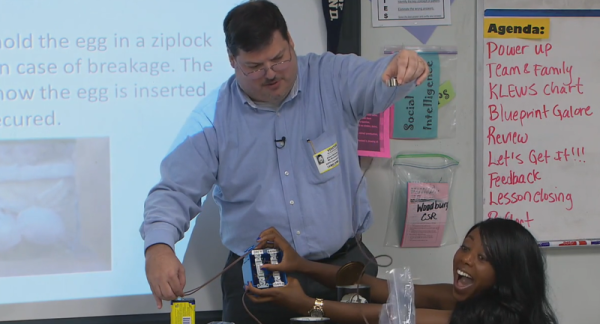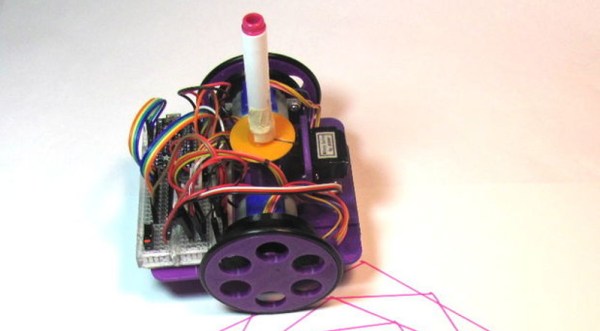I spent an evening building a clock. It’s not about keeping time, or even about the clock. This is about raising awareness that people actually build electronics as a hobby. Promoting wide understanding of this can have a profound effect on our society. On the one hand, it can avoid drama like we’ve seen with the clock incident this week at a school in Texas. The far more important result is to get more people interested in STEM fields.
If you think back to 10-20 years ago, everyone knew that “computer person” who always had interesting technology, spent tons of time on the computer, and was the go-to when people needed help. Fast forward to today and everyone is that computer geek to one extent or another. Smartphones, tablets, and laptops have been universally adopted. We need everyone today to know that “hardware person” who is building electronics in their basement, garage, or hackerspace. I don’t have any illusions that everyone will be bootstrapping a clock in 10 years. But there are enough of us out there already that raising our profile will let everyone discover they already have a hardware hacker in their social circles.
Get started this weekend by building a Clock for Social Good. Grab a non-hacker friend and build a clock with anything you have lying around. Document it on Hackaday.io and send me a message with the link so I can add it to the already-growing list of clock builds.
This will break down the barriers your non-hacker acquaintances have about cracking open the case on something, or about seeing a bunch of loose wires hanging off of a board. Getting our projects out into the community will help people learn that building hardware is a thing, and one that they should get their kids excited about. The more engineers we can create in middle and high school, the better our future outlook becomes.
Now, if you want to know more about my clock, check out the video after the break. I do have a project page started, with plenty more information coming later today as I find carve out some time to update it. I can’t wait to see what you come up with for your own project!
Continue reading “I Built A Clock To Spread Awareness. Now It’s Your Turn” →

















